Do you have the ability to guess the type of fabric? Probably not! Welcome to this page, where we talked about types of fabrics. You would agree to the fact that fabrics are present everywhere around you – from clothes to sofas, curtains to towels. Being an integral part of human beings, it is important to understand the type of fabric and select it accordingly.
However, there are two types of fabrics, those that are made from animals, plants, or mineral sources and are called natural fabrics, and the other that are thoroughly man-made and are called synthetic. To have a better understanding of fabric, check out the top 10 different types of fabric in this blog!
List of Different Types of Fabrics you must be aware of!
Table of Contents:
List of Top 10 Different Types Of Fabrics Below
1. Silk Fabric
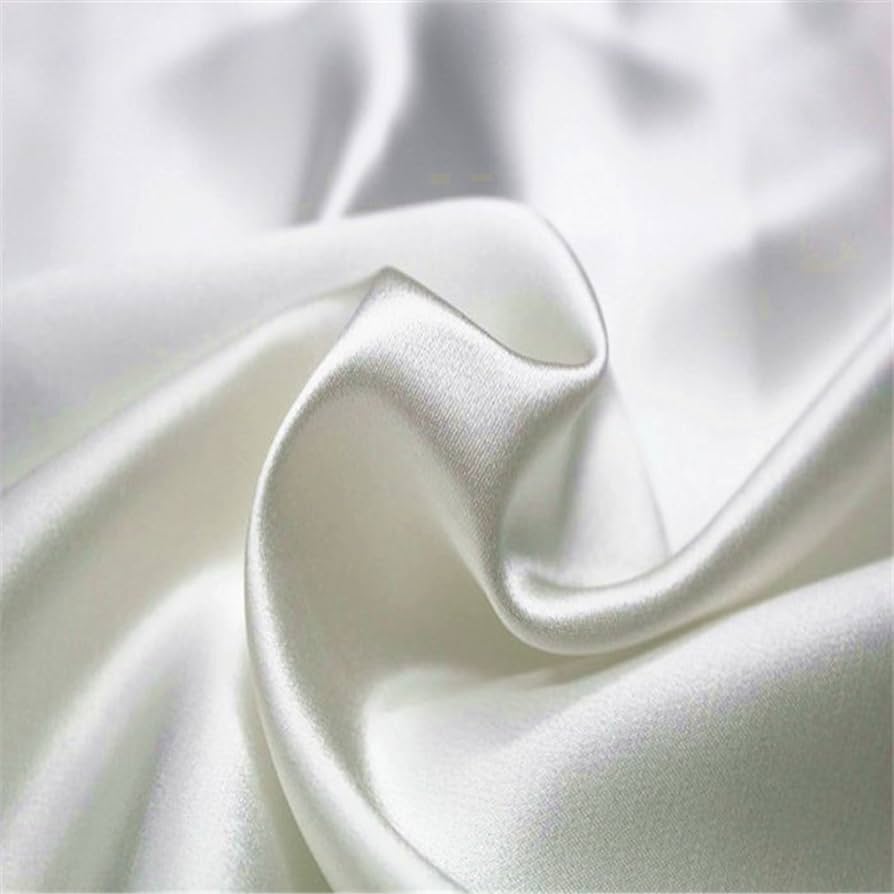
Silk can be known for its luxury, it is a fabric used for bedding, clothing, upholstery, and décor items. It gives a sensuous feel and looks quite beautiful. Natural silk possesses a soft, luxurious, and lustrous texture. Being skin-friendly and lightweight, silk is used for lingerie, formal wear, nightgowns, and blouses. The only drawback that can be seen is that it is easily affected by sunlight damage and stains, requiring more delicate care. Also, its high cost is not ideal for people looking for affordable clothing.
Properties: Smooth, Skin-friendly, Lightweight
Also Read: TOP 10 TRENDING & BEST SOFT SILK SAREES BELOW 1500
2. Cotton Fabric
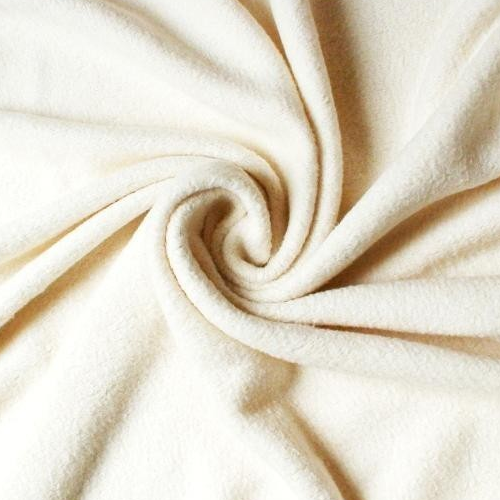
One of the most common and well-liked fabrics is cotton. It has worldwide availability and is used in textiles and clothing. Made from the fibers surrounding cotton plant seeds, cotton has a soft texture to effectively wick away moisture, as well as promote good airflow. Due to a hypoallergenic fabric among all fabrics, cotton is perfect for people with sensitive skin or skin allergies. Cotton is often used to make all types of clothing, including shirts, underwear, socks, jeans, dresses, etc. The notable disadvantage of cotton is that it wrinkles easily.
Properties: Absorbent, Soft, Breathable, Lightweight, easy to dye
3. Linen Fabric
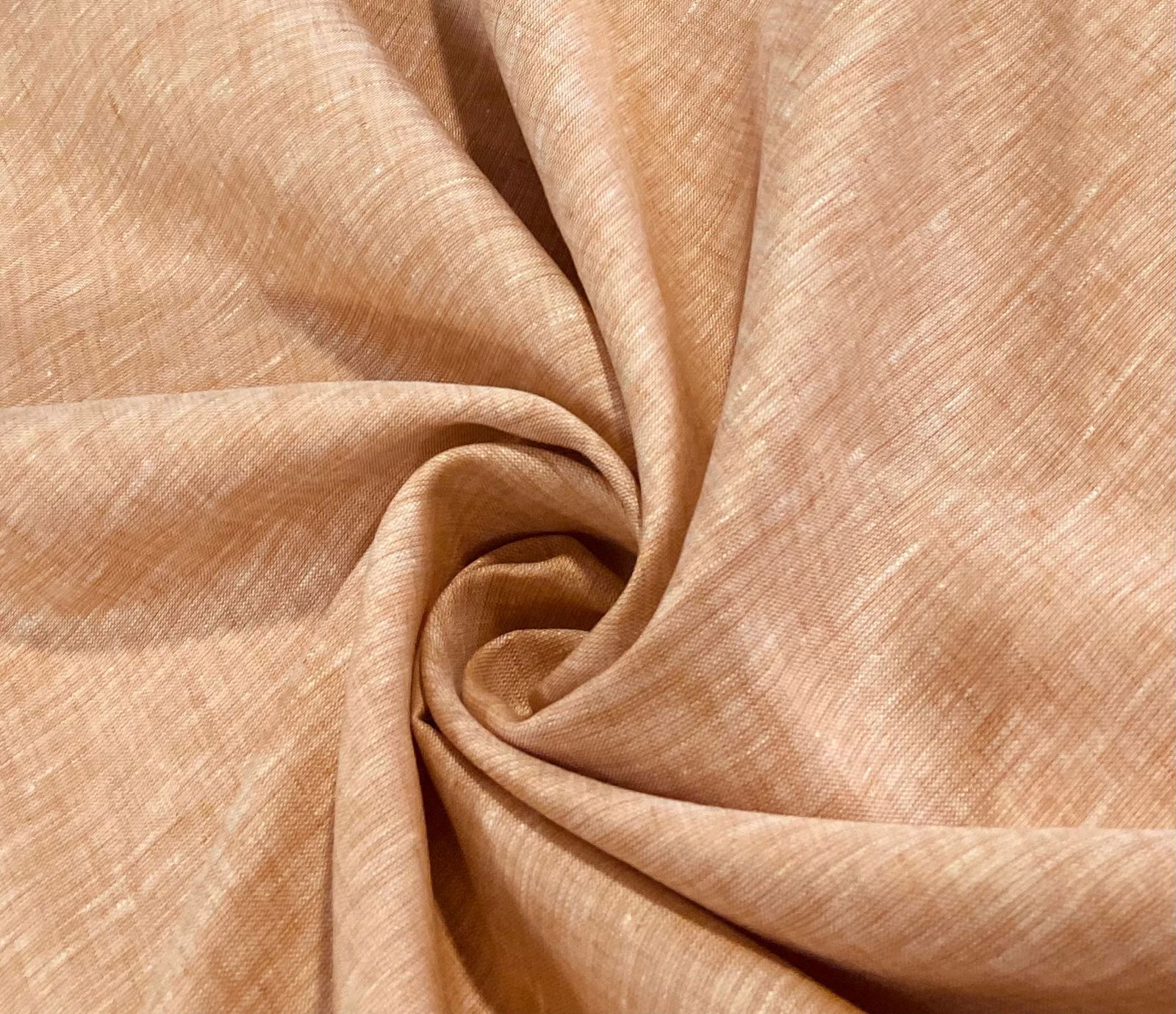
Linen is one of the summer fabric types used for bedsheets, clothing, bags, towels, furnishing, and tablecloths. Made from flax plant fibers, linen possesses natural hollow fibers, which make the fabric feel light and cool in hot weather. Besides being absorbent, linen is also non-sticky. The only drawback is that it is prone to wrinkles and needs to be steamed or ironed to look neat.
Properties: Lightweight, strong, resistant to stains and dirt, absorbent
4. Hemp Fabric

Made from fibers of the Cannabis sativa plant, hemp is an absorbent and durable fabric. Blending natural fabrics like cotton with hemp makes it softer but retains strength. Because of its antimicrobial properties, hemp resists mildew and mold. It also gets smoother and softer over time and is a more sustainable fabric than cotton because hemp requires less water to grow. The downside is that pure hemp fabric may feel stiff at first.
Properties: Environment-friendly, absorbent, long-lasting, antimicrobial
5. Leather Fabric
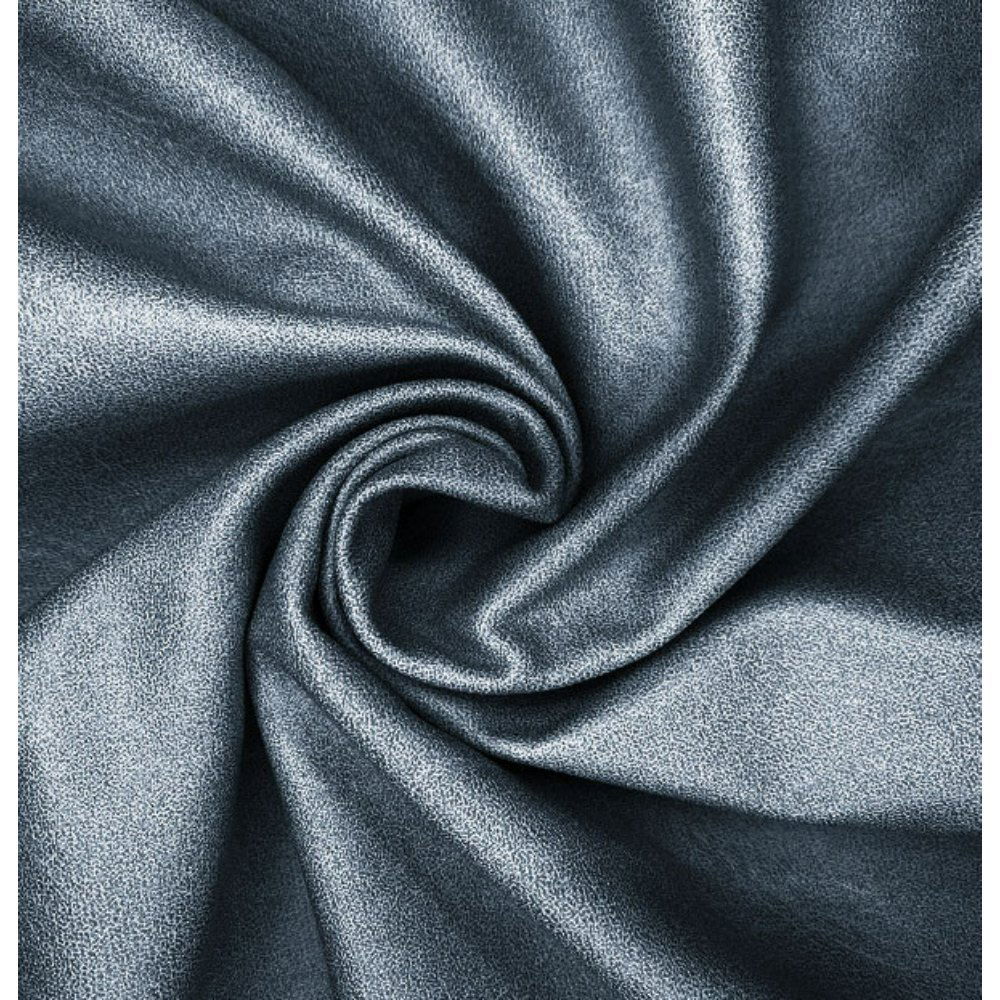
A popular clothing material, Leather is suitable for the winter season. It is made from the hides or skins of animals, such as pigs, sheep, cows, etc. It is a unique type of fabric that will demand different treatment methods depending on the animal used. Famous for being wrinkle-resistant, durable, and stylish, leather is quite a heavy material. The leather called suede, which is usually made from lamb, is flesh side out and brushed to create a velvety, soft surface. These two fabrics are often used in shoes, jackets, and belts as this material keeps the body warm and comfortable.
Properties: Water-resistant, durable, versatile
Also Read: 20 DIFFERENT TYPES OF SAREES IN INDIA | PRICE LIST | SAREES NAME
6. Wool Fabric
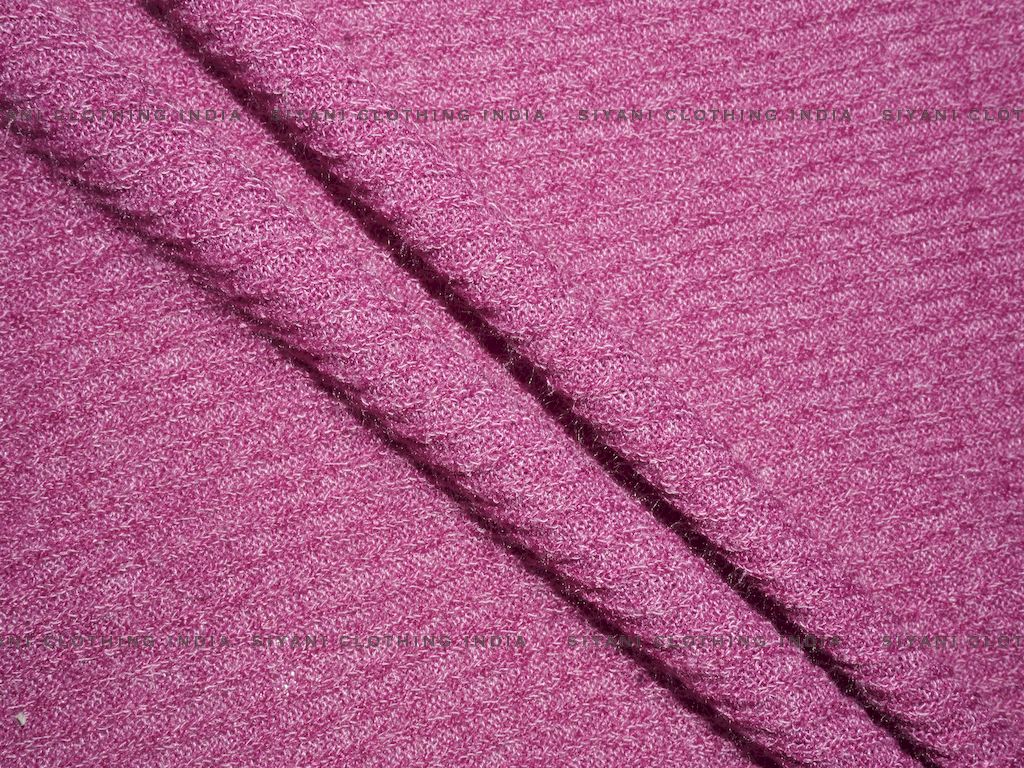
Wool is made from the fur of animals, such as goats, alpacas, and sheep. This fabric keeps the body warm and warm during the winter months. Also, it is long-lasting and moisture-wicking. Among all clothing materials, Wool is considered the best for base athletic wear and base layers as it absorbs sweat well from the body. Woolen clothes, such as hats, coats, sweaters, and gloves are used worldwide. It is resistant to stains and dirt, is naturally elastic, and resists fire. The common disadvantage is that wool can feel itchy for some time.
Properties: Flame and Wrinkle resistant, long-lasting, warm
Also Read: 10 TYPES OF SHIRT COLLARS
7. Synthetics Fabric
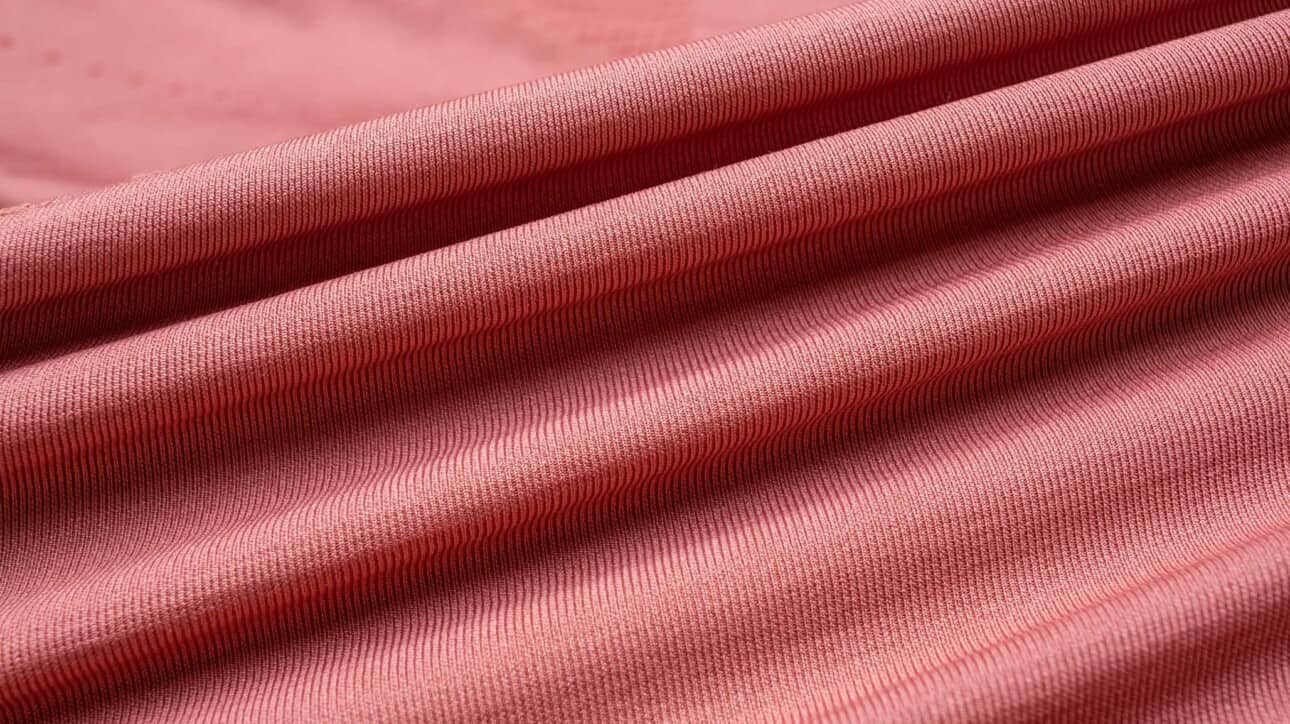
As opposed to natural fabrics, synthetics usually comprise numerous fabric types, such as spandex, nylon, and polyester. Unlike delicate fabrics, these types of cloth do not shrink and are resistant to water-based stains.
Speaking of nylon, it is made entirely of polymers. Known for its flexibility, strength, and resilience; nylon is a durable fabric, which is why often found in outerwear such as parkas and jackets.
A man-made synthetic fiber, Polyester is made from petrochemicals. It is durable, strong, and stain & wrinkle-resistant, though. Often used to make trousers, T-shirts, and sportswear.
Another popular synthetic material, Spandex is crafted from polyurethane. Other common names are elastane or lycra, the fabric is known for its strength, elasticity, and lightweight. It is a form-fitting, comfortable fabric used to make dresses, hosiery, jeans, swimwear, and sportswear.
Properties: Stain-resistant, waterproof, stretchier
8. Velvet Fabric
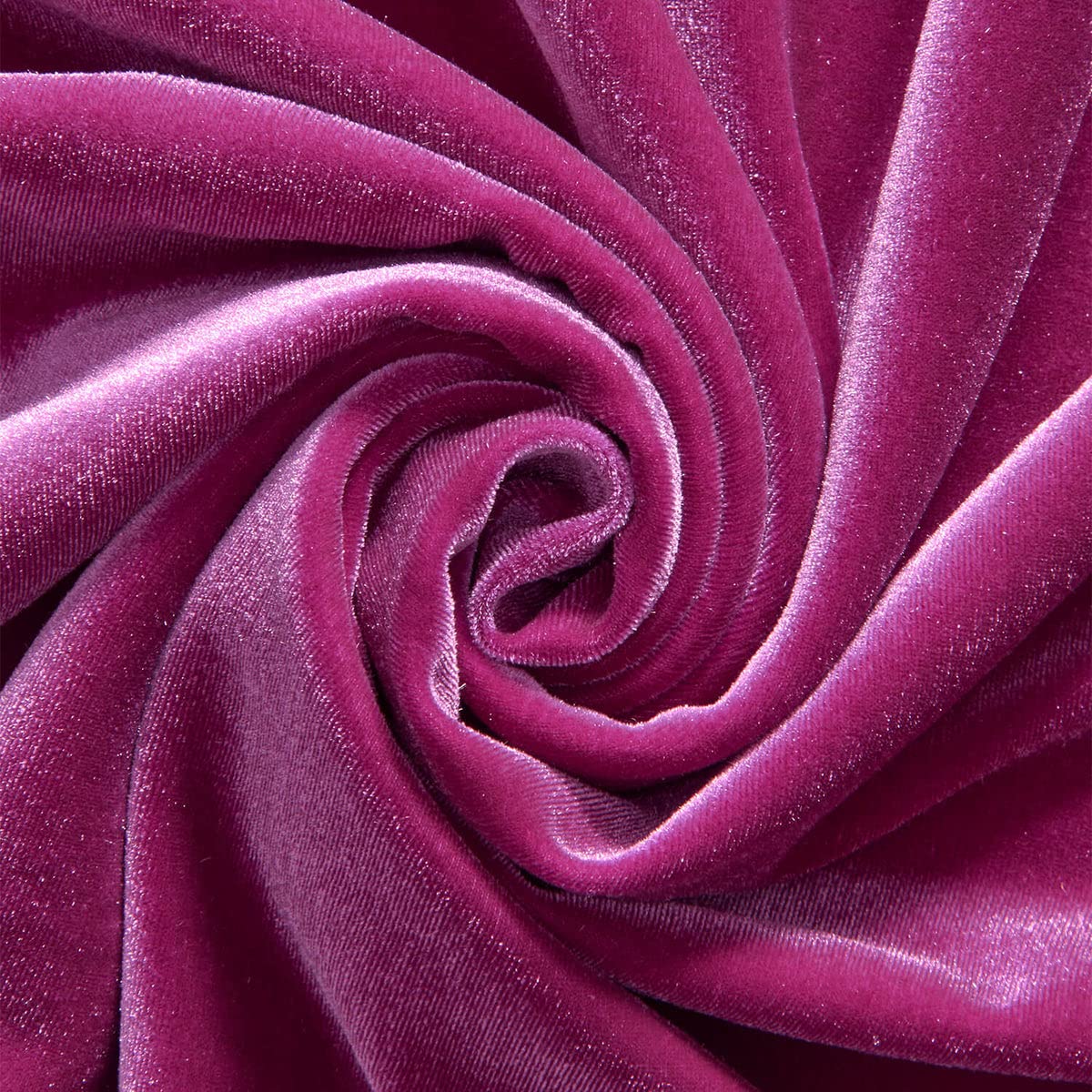
One amongst types of clothes material that is luxurious and soft, it’s none other than Velvet. It has been associated mostly with royal families because of its gorgeous, rich finish and complex production process. It is a lustrous, heavily woven warp pile fabric with a smooth pile effect on one side. The quality of the fabric is identified by the density of the pile tufts and the way they are attached to the base fabric.
This royal fabric can be made from linen, cotton, nylon, cool, polyester, or silk. Velvet is actually a versatile material that is either stretchy or inelastic. Most commonly used to prepare shirts, blouses, skirts, coats, outerwear, and evening wear.
Properties: Stain resistant, extremely long-lasting, smooth, skin-friendly
9. Crepe Fabric
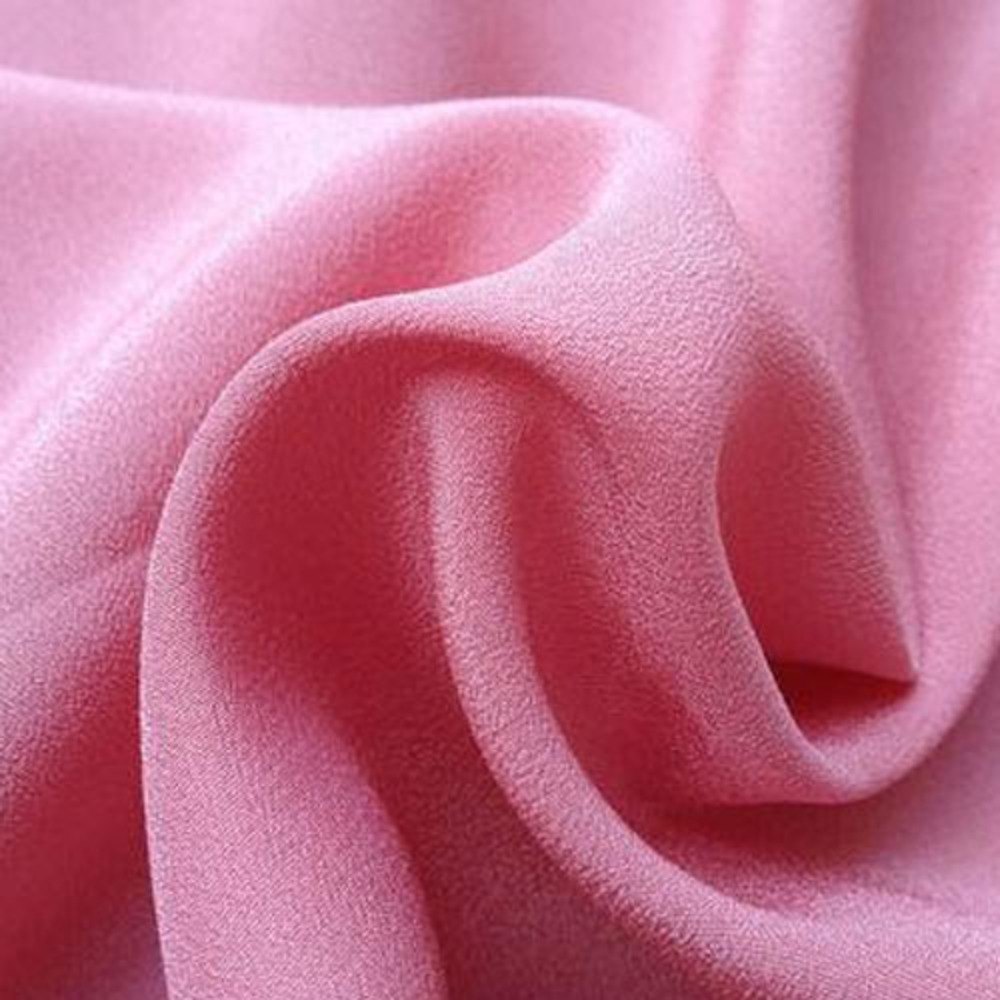
Unlike the different types of fabrics listed here, crepe has its own qualities. It is a twisted, lightweight plain weave fabric with a rough, and coarse base that does not wrinkle. It is mostly made from wool, cotton, silk, or synthetic fibers. Apart from being versatile, crepe is extremely skin-friendly. It is usually called by the name of its fiber – crepe chiffon or crepe silk is one of the best examples.
Often used in dressmaking and suiting, crepe is easy to work, quite soft, and comfortable to wear. For example, georgette is a popular type of crepe that is probably used in designer clothes. It is also used to make scarves, pants, blouses, skirts, and shirts.
Properties: Anti-bacterial, highly breathable, moisture-wicking
10. Viscose Fabric
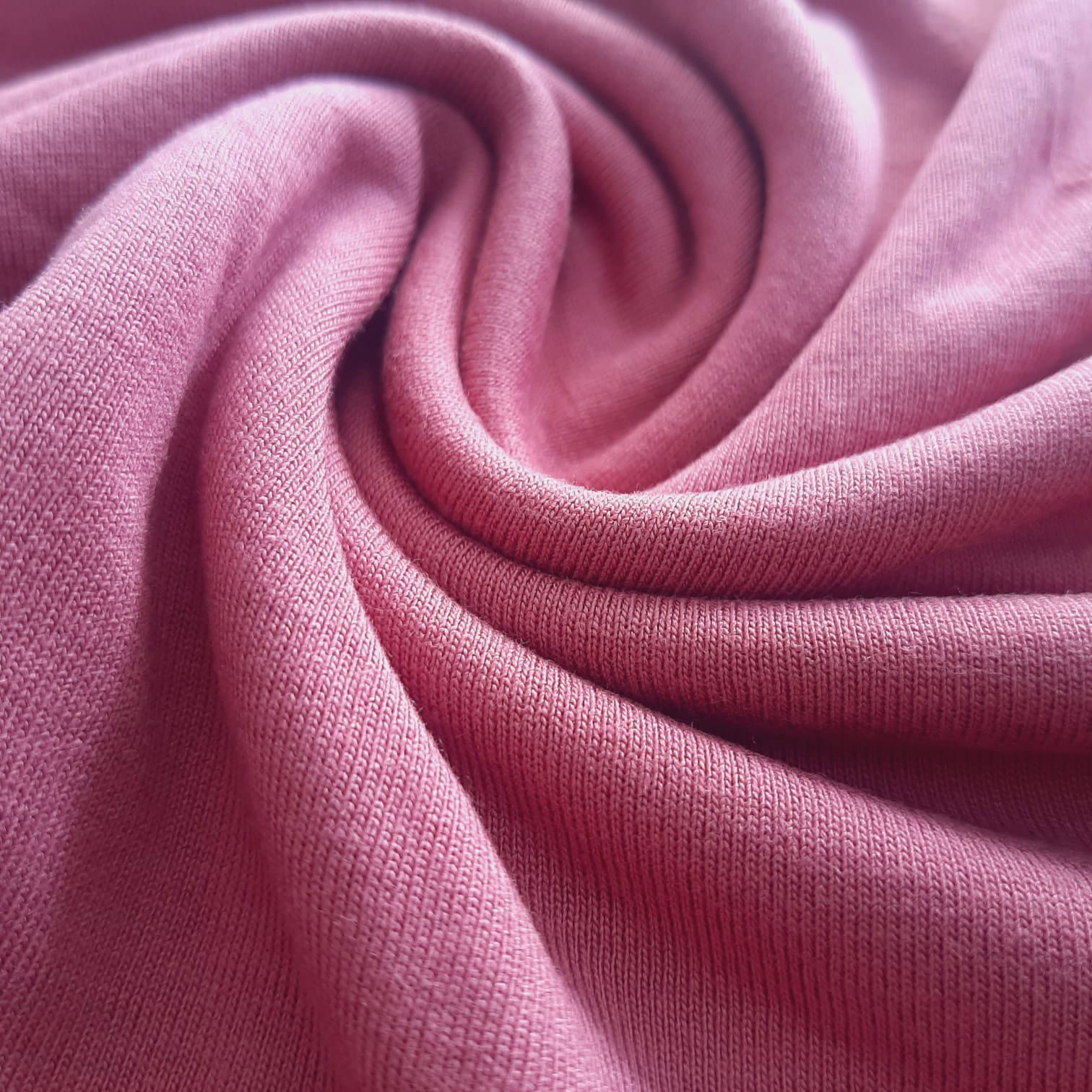
Viscose fabric is somewhere between man-made and natural fabrics. Also called rayon, it is made from wood using chemical processes. However, it is not as breathable as wool or cotton but drapes flawlessly. These types of clothes material are cut, and it can be hard to move on the grain. Sometimes it is difficult to distinguish viscose fabric from much softer polyester or cotton. Well, it feels strangely stiff when wet and shrinks quite a bit. Unlike polyester or cotton, viscose is a heavy fabric. But the best part is that this fabric is ideal for dresses and draped tops.
Properties: moisture-wicking, very smooth, breathable, relatively tight
Final Words!
Selecting the right fabric can ensure breathability, sustainability, luxury, and comfort. However, appropriate care must be taken to handle the tendency of some fabrics to shrink, stain, wrinkle, or be damaged by insects. Natural fabrics such as wool, cotton, linen, and silk, with proper selection and maintenance, remain wardrobe essentials and luxurious materials for upholstery, bedding, and other uses where their natural origins deliver benefits over synthetic substitutes. I hope you’ll like this information!


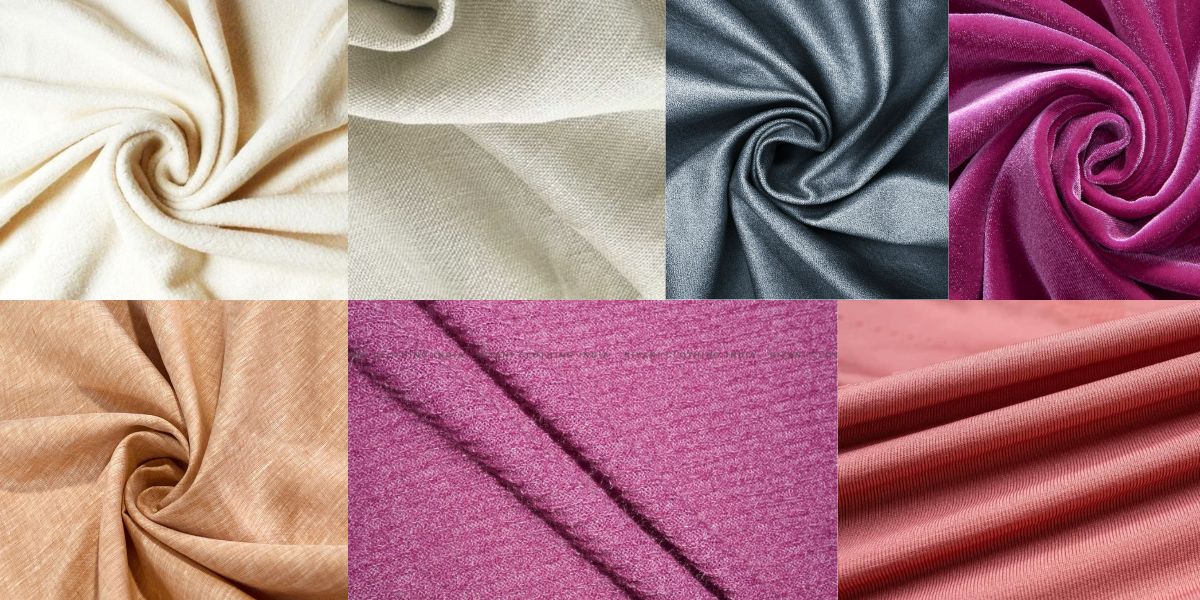




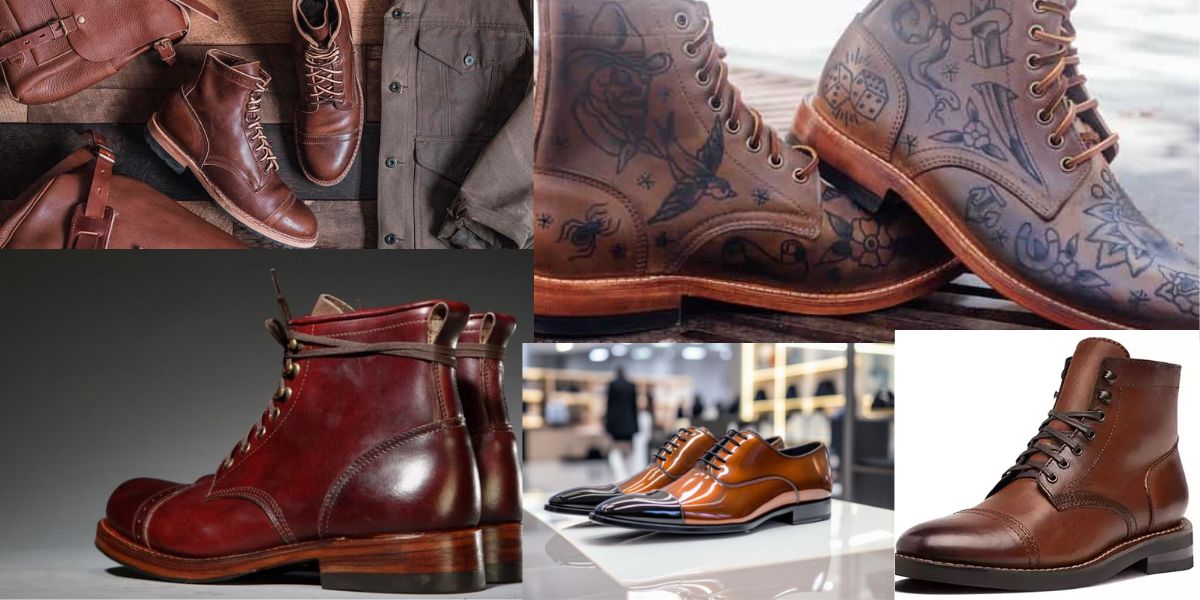



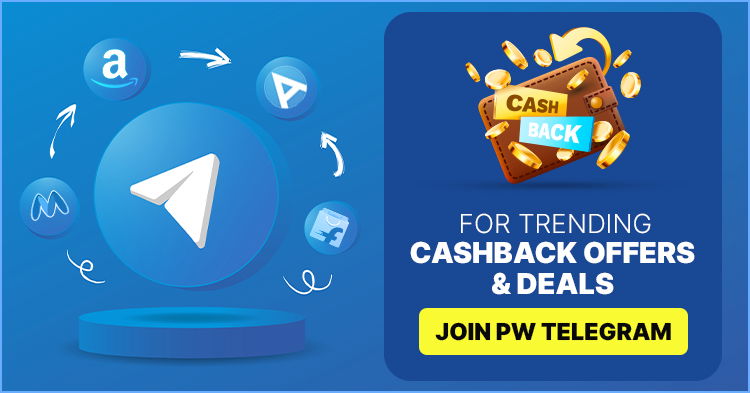
Add Comment